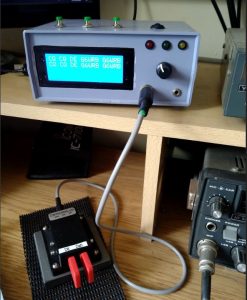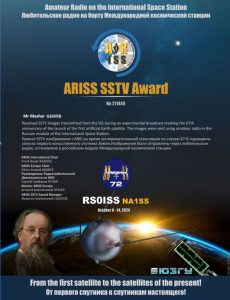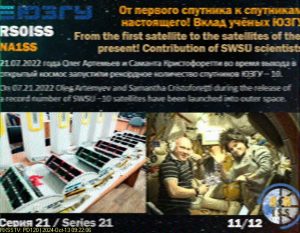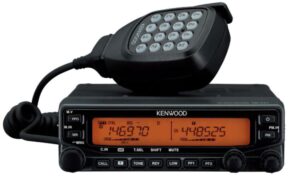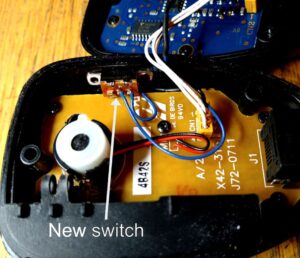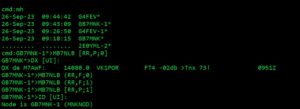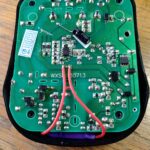![]() The March 25 edition of Practical Wireless featured a project by Martin Waller G0PJO, that interested me from the moment I saw it and I just knew I had to build one.
The March 25 edition of Practical Wireless featured a project by Martin Waller G0PJO, that interested me from the moment I saw it and I just knew I had to build one.
The project is a visual display of the NCDXF beacons, lighting their positions on a map as each one transmits its callsign.
The design is very simple and the build is very simple too. All the cleverness lies in the software that Martin has written for the microcontroller.
I had a couple of small (self -inflicted) issues with the build: I bought the wrong LEDs and was initially trying to power the project with a USB port on my computer that wasn’t supplying enough power. In both cases, an email to Martin provided a prompt reply and resolution.
It took me a little while to build – due to various other commitments -and I made a couple of changes to Martin’s original version, but I have to say I’m really pleased with the outcome and I think it makes a very worthwhile – and attractive – addition to what little shack wall I have left.
